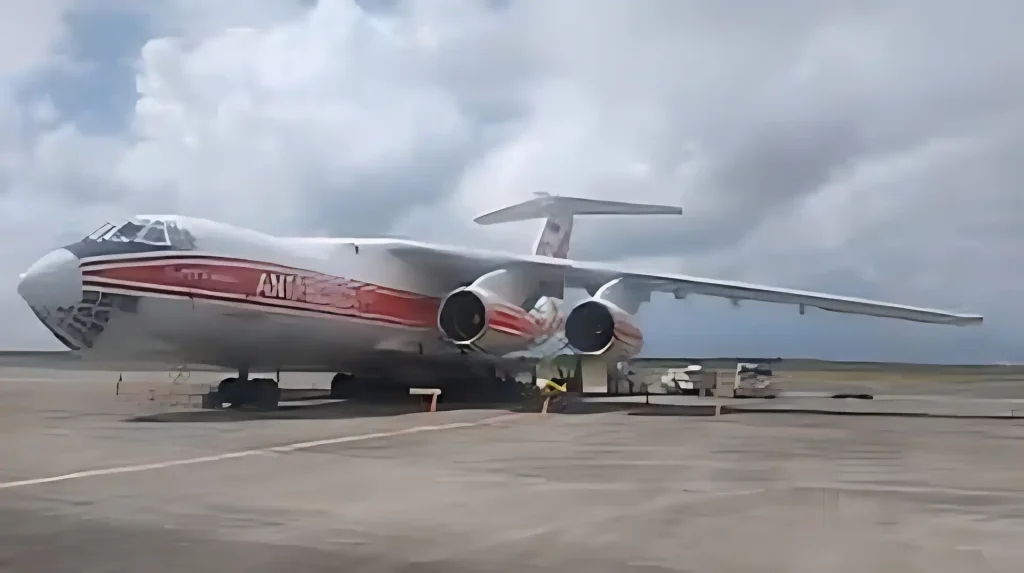In a historic first, India has sent scientific research equipment directly to Antarctica via air. On October 2, 2025, a heavy-duty Russian cargo plane, the IL-76, departed from Manohar International Airport, Goa, carrying 18 tons of scientific gear, medicines, provisions, and essentials for Indian researchers at the Bharati and Maitri research stations.

The mission was facilitated by Dronning Maud Land Air Network (DROMLAN), marking the first-ever direct air cargo link between India and Antarctica.
Why Air Cargo Was Needed
Since 1981, India has conducted Antarctic research, but equipment and teams were previously sent by ship, often operated by other nations. Sea routes were chosen for operational cost and load capacity, but recent geopolitical uncertainties, long approvals, and unreliable shipments led to significant delays.
“Post Covid-19, our shipments were facing unacceptable delays, affecting research timelines,” said Thamban Meloth, director of NCPOR, India’s nodal agency for polar expeditions. Two recent missions experienced delayed deliveries, highlighting the need for faster logistics.
India’s Antarctic Research Stations
India’s Antarctic research infrastructure includes:
- Dakshin Gangotri (1983): India’s first station, now decommissioned.
- Maitri (1989): Located in the Schirmacher Oasis, accommodates about 25 crew members.
- Bharati (2012): About 3,000 km east of Maitri, supports 47 crew members.
Scientific staff includes atmospheric scientists, meteorologists, glaciologists, biologists, botanists, geologists, and seismologists, working year-round through planned summer and winter expeditions.
Challenges of Air Transport to Antarctica
Air cargo to Antarctica is complex:
- Only certain planes, like the IL-76, can land on frozen blue-ice runways due to special low-pressure tires and landing capabilities.
- Antarctic runways are operational from October to early March, and flights rely on highly trained pilots.
- Minimal ATC, extreme winds, and unpredictable weather create small operational windows, sometimes stalling flights at Cape Town until conditions improve.
Meloth explained that air transport is expensive, requires planning, and may not be used every year. Only specialized aircraft can safely operate in Antarctica, unlike commercial flights available for the Arctic.
Looking Ahead
India’s air cargo mission is a significant logistical milestone, ensuring critical research equipment reaches Antarctic stations faster and more reliably. While air transport is unlikely to replace sea routes annually, it provides a solution for urgent shipments and supports India’s growing Antarctic research ambitions.
